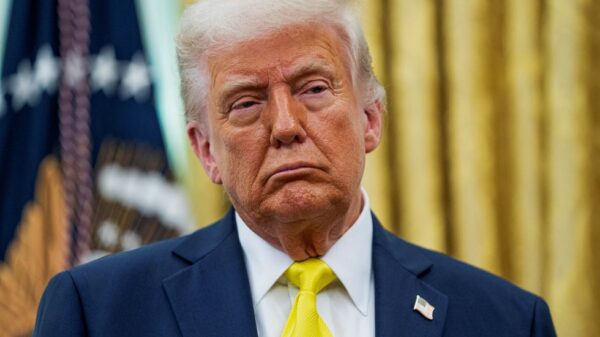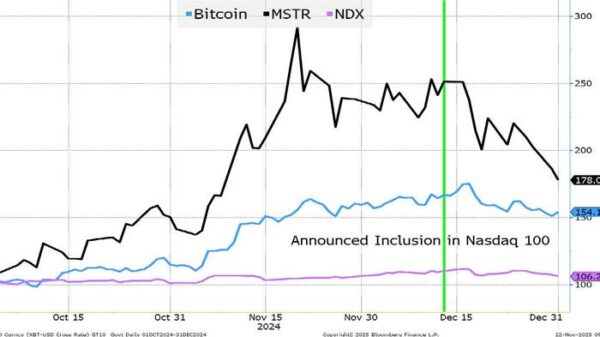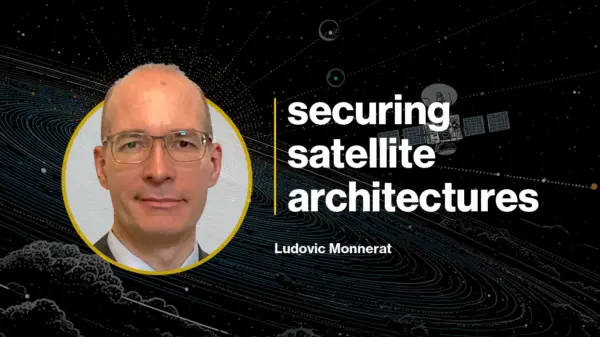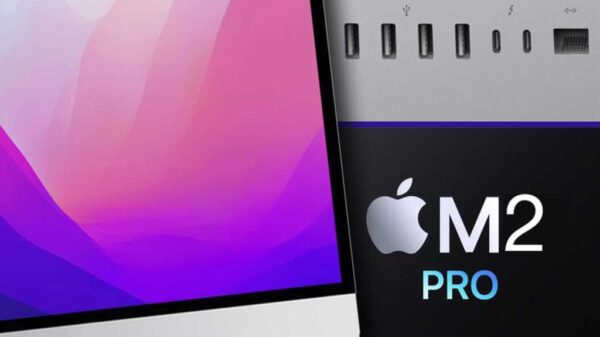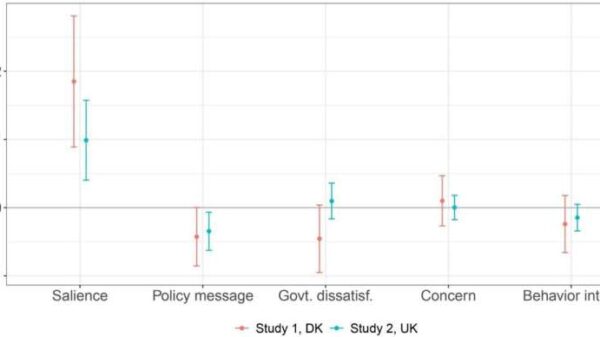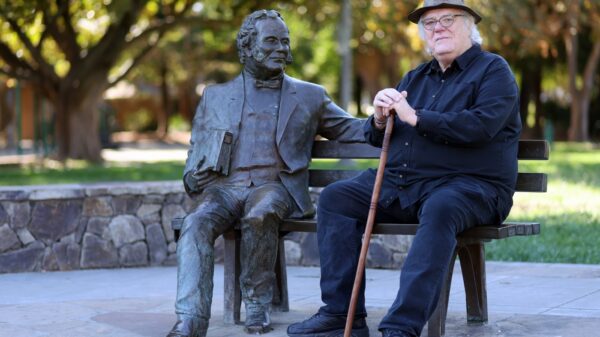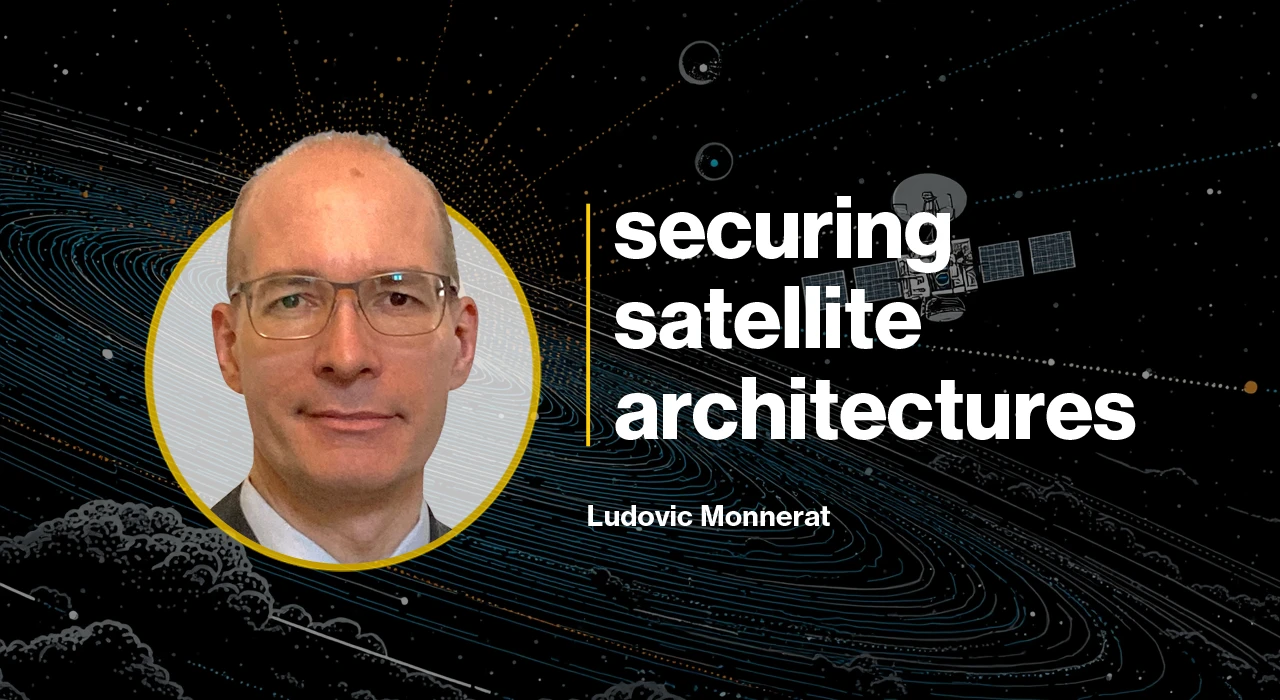“As satellite systems evolve, securing space assets requires a shift beyond traditional cryptography.”
This statement by Colonel Ludovic Monnerat, Commander of Space Command for the Swiss Armed Forces, highlights the pressing need for satellites to adapt to emerging quantum threats in a rapidly changing technological landscape.
In an interview discussing the future of satellite security, Colonel Monnerat emphasized that conventional cryptographic methods, such as AES or similar symmetric encryption, are becoming insufficient. These traditional systems rely heavily on shared keys, requiring complete trust among all parties involved in satellite operations. This limitation restricts the potential applications of satellite technology, making it imperative to explore alternatives.
The increasing capabilities of quantum computers pose significant risks to satellite authentication methods, particularly those based on asymmetric encryption like RSA and ECC. Colonel Monnerat explained that these systems are vulnerable to attacks from adversaries equipped with advanced quantum computing power. As the technology evolves, the necessity for post-quantum encryption protocols becomes critical to ensure the integrity and security of satellite operations.
Adapting to Quantum Threats
Colonel Monnerat pointed out that future communication architectures must integrate quantum-safe methods without disrupting existing operations. The shift towards asymmetric cryptography offers greater flexibility. It allows an actor to share their public key for data encryption without exposing sensitive information. This adaptation ensures that data captured by satellites can be transmitted securely, enabling control over a satellite without revealing any confidential data.
The transition to post-quantum encryption presents its own challenges. Current post-quantum protocols require increased bandwidth and computational power, leading to higher memory requirements for onboard satellite hardware. Without adequate computational resources, satellites that still rely on older asymmetric algorithms may struggle to adapt effectively.
In fact, satellites that cannot incorporate these new algorithms risk obsolescence as they face compatibility issues with newer technology. Colonel Monnerat noted the importance of ensuring vertical compatibility between different generations of satellites, as rapid advancements in technology continue to reshape the landscape.
Future of Satellite Security
The industry is expected to standardize existing NIST Post-Quantum Cryptography standards, similar to past practices with AES, RSA, and ECC. Early adoption of these standards by commercial satellite operators could provide unique advantages, particularly in defense sectors, aligning with principles of “zero trust.”
For smaller nations with limited budgets, the ability to “borrow” satellites or payloads already in orbit for sensitive information gathering represents an intriguing opportunity. This approach not only enhances operational efficiency but also contributes to sustainable space operations by reducing the need for additional satellite launches.
Looking ahead, the majority of satellites may continue using a combination of traditional asymmetric algorithms for performance reasons, while remaining capable of transitioning to post-quantum algorithms if necessary. The concept of “Harvest now, decrypt later” will likely dictate security strategies, where algorithms deemed safe from quantum attacks are utilized to safeguard sensitive communications.
Colonel Monnerat’s insights underscore the urgency of adapting satellite systems to the evolving threats posed by quantum computing. The rapid development of this technology, combined with the potential vulnerabilities in post-quantum algorithms, presents a complex challenge that demands immediate attention from both military and commercial sectors involved in space operations.




